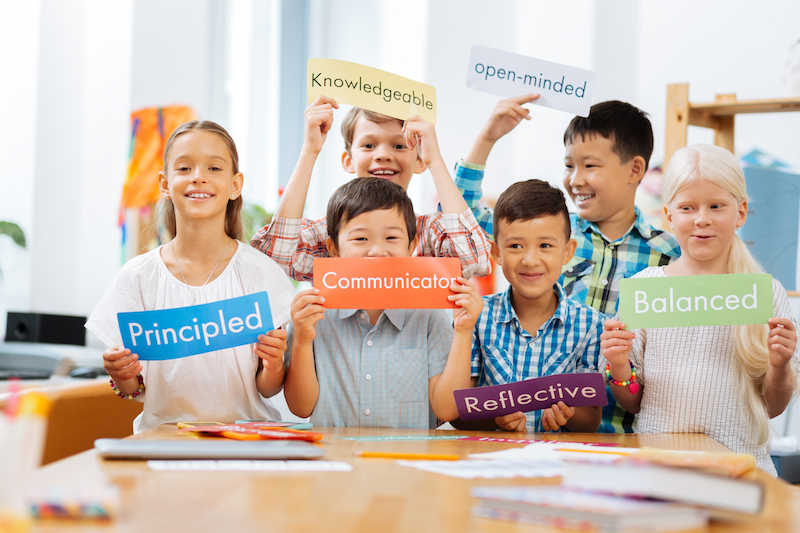Teaching Teamwork
- October 18, 2023
- By Mari Venturino

Teamwork is so essential to what we do in our classrooms, each and every day. We expect our students to collaborate and cooperate, so that we can step back and act as facilitators of learning. We picture a perfect classroom, where everyone gets along, says “please” and “thank you,” and where students’ discussions are always about the learning. However, this is not our usual reality. There is arguing (frequently over a lost pencil), students chatting about the latest video game, and we’re left exhausted from putting out all the small fires.
How do we teach our students to be effective and responsible team players? Lots and lots of practice and reflection!
Teamwork Practice
It is essential to build in teamwork tasks, both at the beginning of the school year, and throughout the year. These tasks can be fun Friday team building activities or content-driven activities and labs. No matter what, students need plenty of opportunities to practice working together.
Students need time to brainstorm the skills they need to work together and manage conflicts on their own. I always start the school year by having students create a Teamwork T-Chart (Slides template). With a group of 3-4 students, they take about 10 minutes to brainstorm what teamwork looks like, sounds like, and feels like.
As the teams are working, I walk around observing and noting what I hear and see from the groups; since it is the first time we talk about teamwork, often what is on their paper and what they are doing doesn’t always line up. That’s ok! It makes for a great discussion.
Then, we have a class discussion about what teamwork looks, sounds, and feels like. We fill in a class T-chart poster, which we refer back to throughout the school year during activities and debrief discussions.
After we’ve done our T-chart, we will do a fun team building activity in the same small groups. One of my favorites is Saving Sam (read more about it here), which is perfect for groups of 4. Students get to practice what they just brainstormed in the T-chart. Ideally, this happens within the same day, while it’s fresh in their minds. If that’s not possible, then remember to quickly review the Teamwork T-chart before diving into the team building task.
Teamwork Reflections
After any team activity, whether it’s just for fun, a lab, project, or class activity, it is essential to debrief with students. This is the most important part!
My main focus is for students to reflect on their own contribution to the group, how their team demonstrated the characteristics from our T-chart, and how they can be more effective team members in the future. We refer back to our T-chart in our reflection, no matter the format.
If students have just completed a longer or less active task, I enjoy using a Walk and Talk (read more about it here) to get kids up and moving. I’ll pre-write (try these) reflection questions on index cards, duplicating as needed, to get a class set + 5 extra. Either randomize partners or have students pair with someone that wasn’t in their team for the debrief.
Other times, I will have students individually answer reflection questions. This can be done on paper, or even on a Google Forms Exit Ticket. Tools like Flipgrid are a perfect alternative to a written reflection; students record short videos of themselves answering the questions to post on a class grid.
No matter how you choose to have students reflect, remember to always save time for a debrief and reflection!


